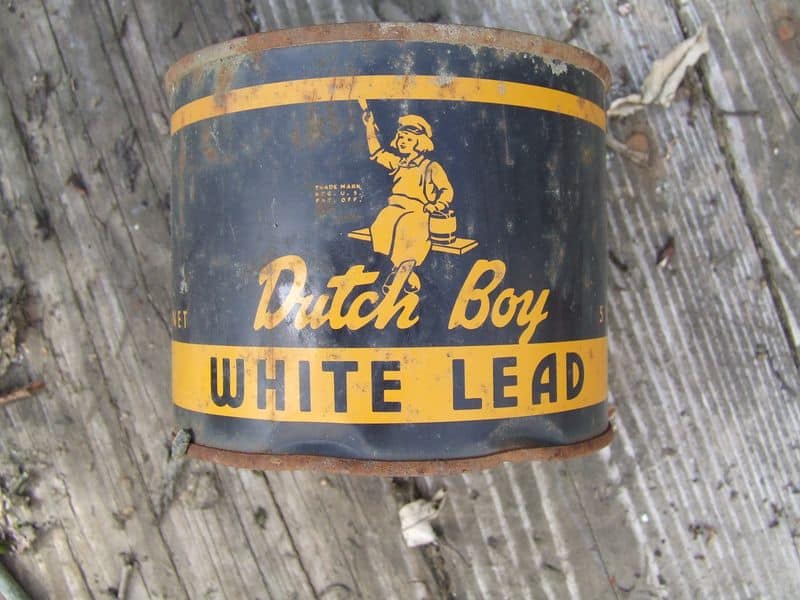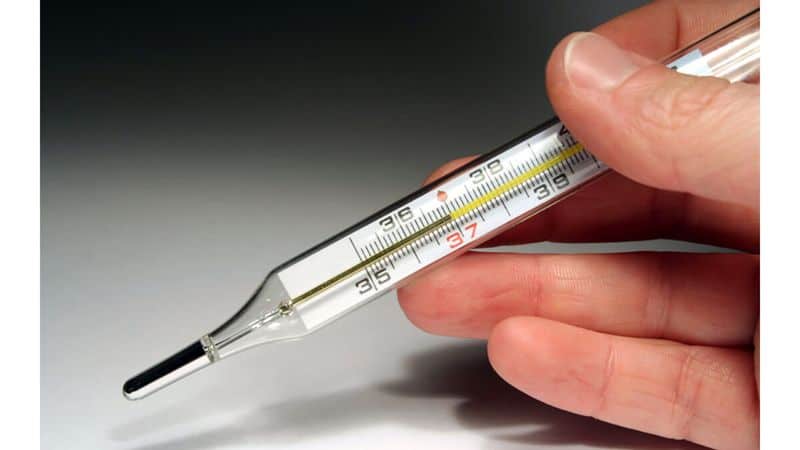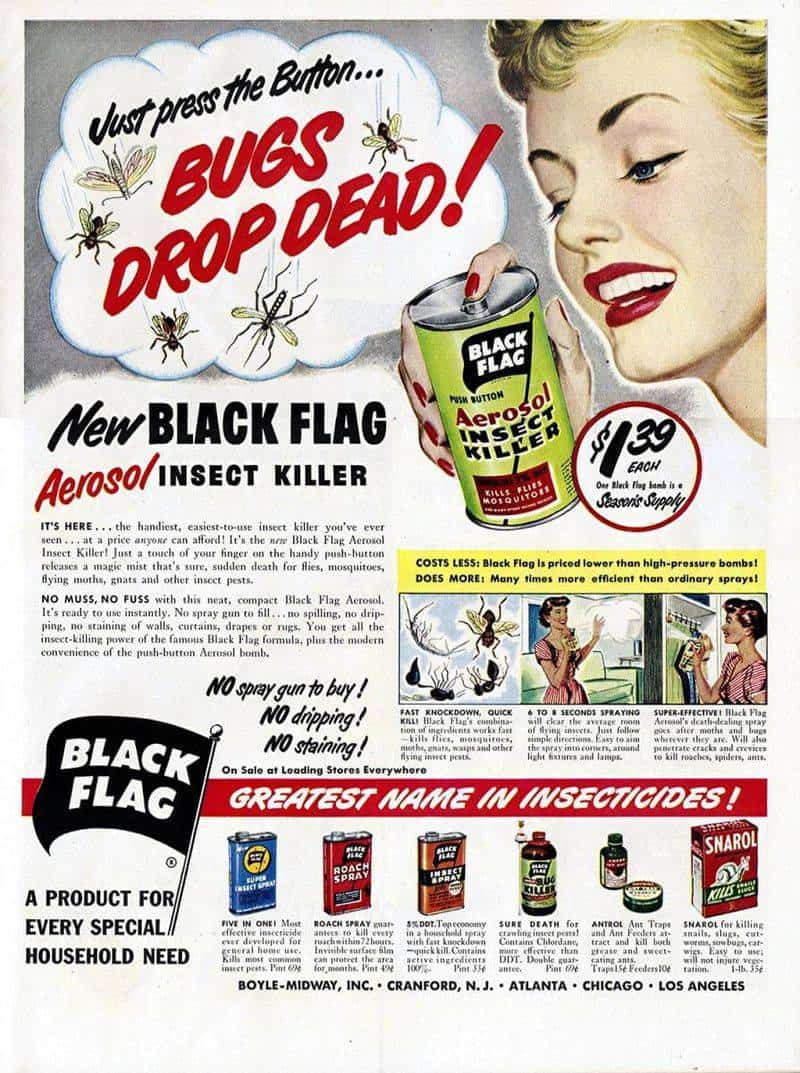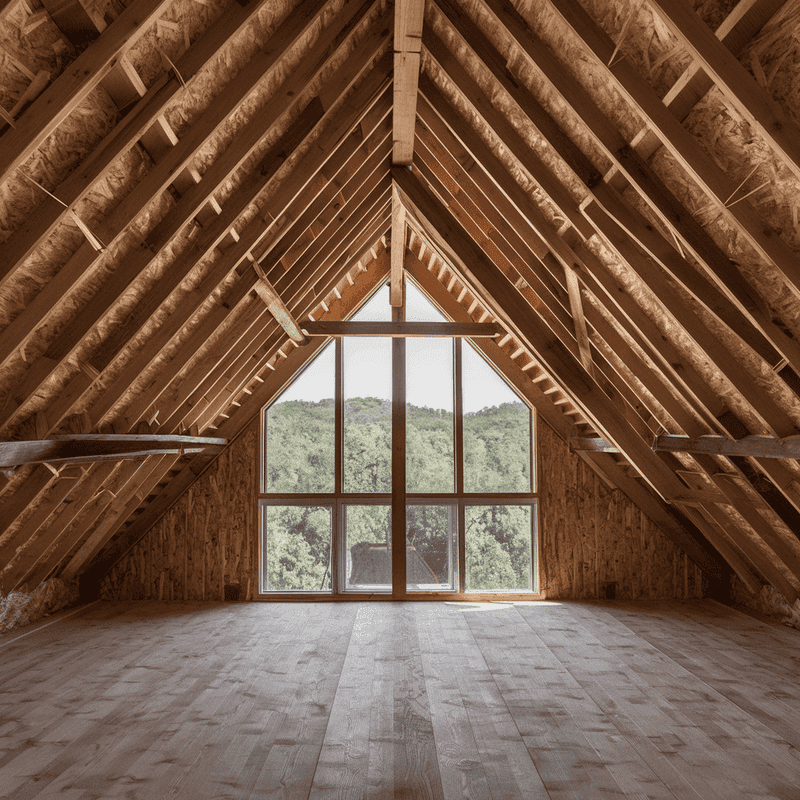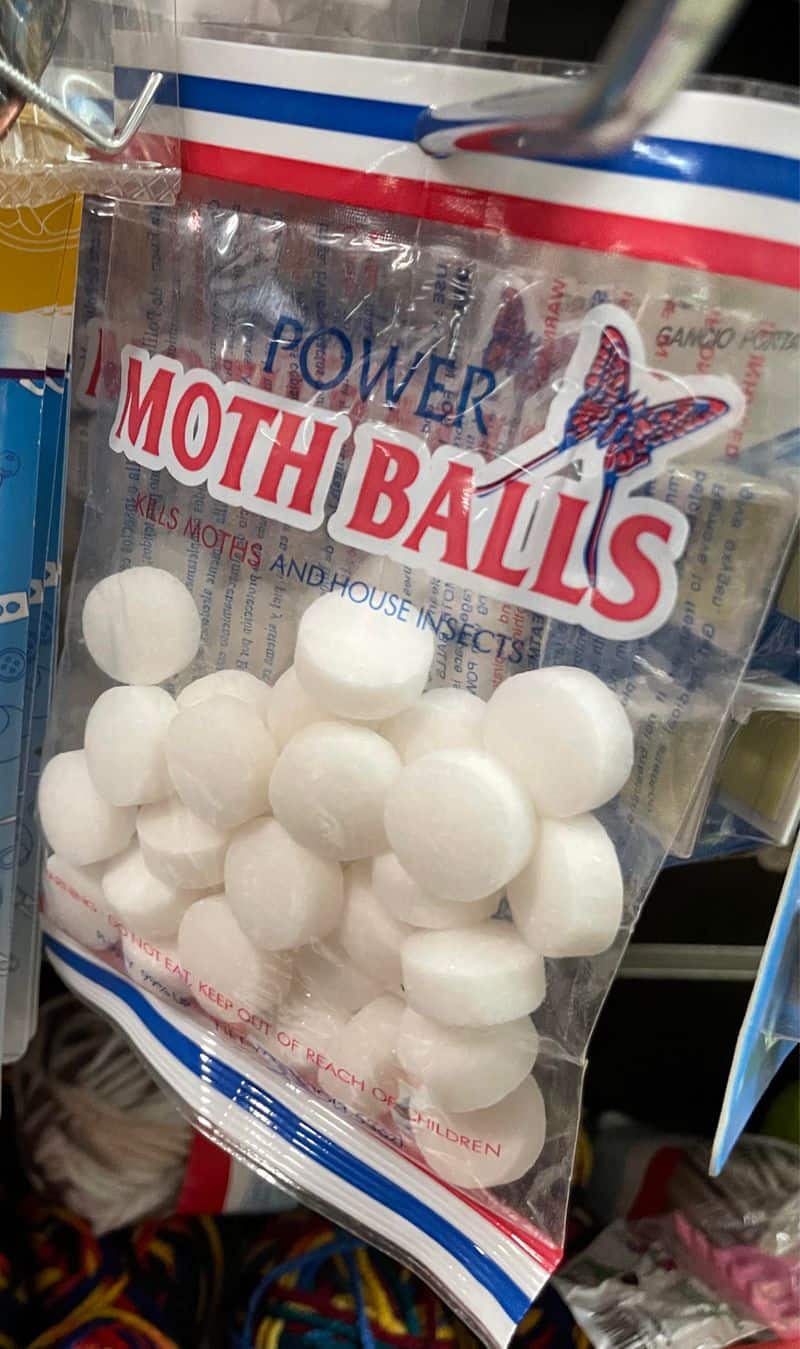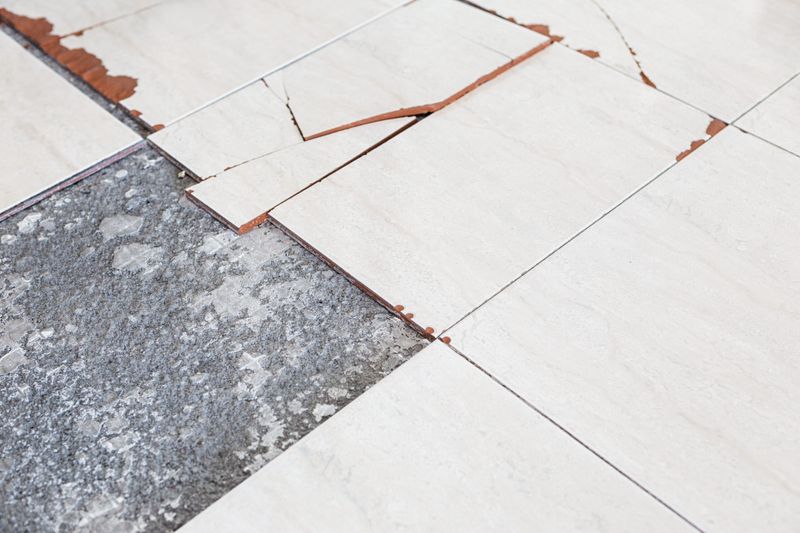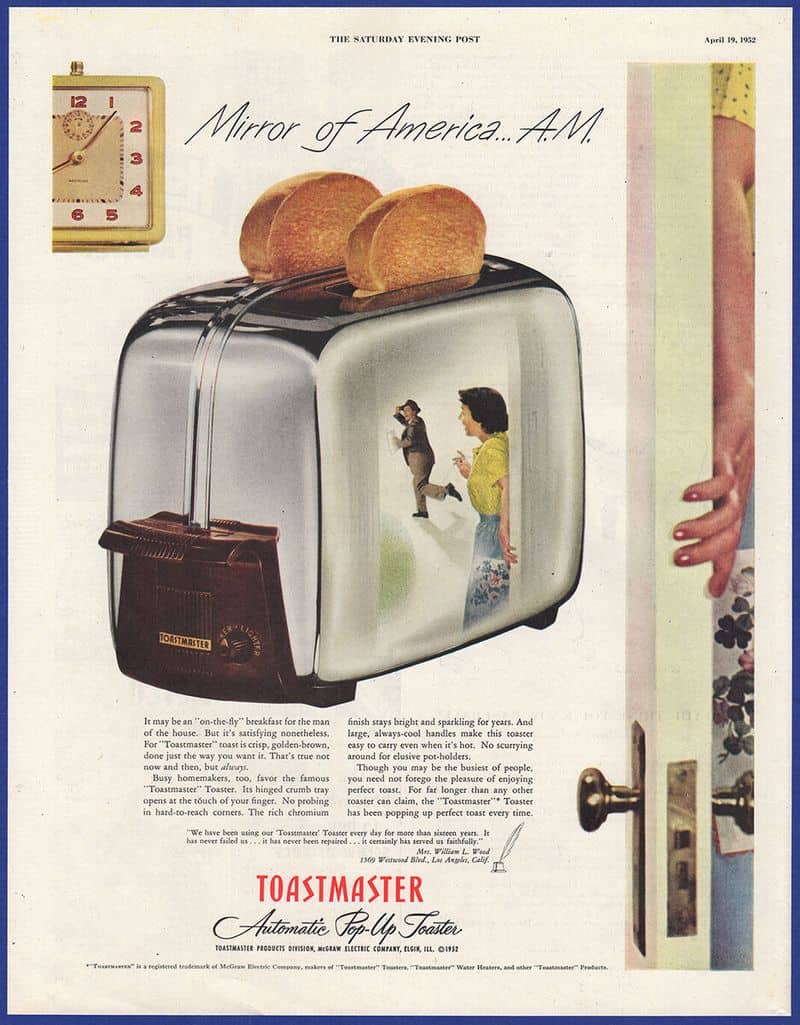Ah, the good old days. A time when kids played outside, sandwiches were wrapped in wax paper, and half the stuff in your home was probably trying to kill you.
While we love reminiscing about vintage charm, some household items from the past have been retired for, let’s say, safety reasons.
Here are 10 common items from yesteryear that you’ll (thankfully) no longer find at your local hardware store.
1. Lead Paint: Because Who Needs Brain Cells Anyway?
For decades, lead paint was the go-to for homes. It was durable, colorful, and oh-so-deadly.
Sure, it gave walls a glossy finish, but it also gave kids a chance to snack on lead chips and develop a lifetime of health issues.
Today, lead paint is banned, and walls are much less toxic… unless you count that questionable wallpaper you picked last year.
2. Asbestos Insulation: Cozy, Warm, and Deadly
Nothing says “home sweet home” like tiny fibers that can cause lung disease! Asbestos was the MVP of insulation—fireproof, durable, and great for keeping homes warm.
The only downside? It’s basically the home improvement equivalent of inviting a Grim Reaper to live in your attic. Thankfully, modern insulation doesn’t come with a side of slow and painful death.
3. Mercury Thermometers: The Original Stress Test
Who else remembers staring at a mercury thermometer, waiting for that shiny silver line to tell you if you could skip school?
Fun fact: If one broke, you were suddenly playing a game of “Don’t Touch the Toxic Beads.”
Mercury vapor isn’t exactly great for your health (shocker), so we’ve moved on to digital thermometers that don’t double as hazardous materials.
4. DDT Pesticide: Kill Bugs, Kill Everything Else
DDT was the superhero of pesticides—until people realized it wasn’t just killing mosquitoes, but pretty much everything else, too.
While it did a great job of keeping pests at bay, it also wreaked havoc on ecosystems and was linked to cancer in humans.
Today, we rely on less deadly options, though the bugs seem to have unionized in protest.
5. Lawn Darts: The Game That Was a Lawsuit Waiting to Happen
Ah, lawn darts: the backyard game where aim for the target could easily turn into aim for your cousin’s leg.
With sharp metal tips and zero safety precautions, it’s a miracle anyone survived a family barbecue in the ‘70s.
After too many ER visits, lawn darts were banned. Now we have cornhole, which, while safer, is far less exciting.
6. Formaldehyde-Based Building Materials: Smell the Danger
Formaldehyde wasn’t just for science class dissections—it was also in your walls, furniture, and floors! Who wouldn’t want their home to have that “freshly embalmed” vibe?
Unfortunately, prolonged exposure was linked to respiratory issues and cancer, so now we’re formaldehyde-free.
These days, your new sofa is less likely to come with a side of chemical fumes.
7. Thalidomide: A “Cure-All” That Cured Nothing
Marketed as a wonder drug for morning sickness in the late 1950s, thalidomide was all the rage—until it caused severe birth defects in thousands of babies.
It was quickly banned, and its legacy became a cautionary tale about drug testing. These days, we have prenatal vitamins instead of, you know, pharmaceutical roulette.
8. Mothballs with Naphthalene: Keep Moths Away, Destroy Everything Else
Once upon a time, mothballs were the go-to solution for keeping pesky insects out of your clothes. The secret ingredient? Naphthalene, a chemical that smells like a gas station and can damage red blood cells.
While your sweaters stayed hole-free, you might have developed a headache—or worse. Modern moth repellents are much kinder to both humans and moths (well, mostly humans).
9. Vinyl Asbestos Floor Tiles: Style Meets Danger
Your grandma’s kitchen probably rocked some chic vinyl asbestos floor tiles. They were durable, affordable, and loaded with—you guessed it—asbestos.
Sure, they looked great under a Formica table, but every scuff or crack released toxic fibers. Nowadays, we’ve traded asbestos for safer materials, though nothing says “retro” like that checkerboard pattern.
10. Chromium Toasters: Breakfast with a Side of Poison
In the mid-20th century, toasters were made with chromium—a shiny, futuristic material that also happened to release toxic particles when heated.
Who wouldn’t want their morning toast with a sprinkle of potential organ damage? These days, your toaster may break after a few years, but at least it won’t poison you.


